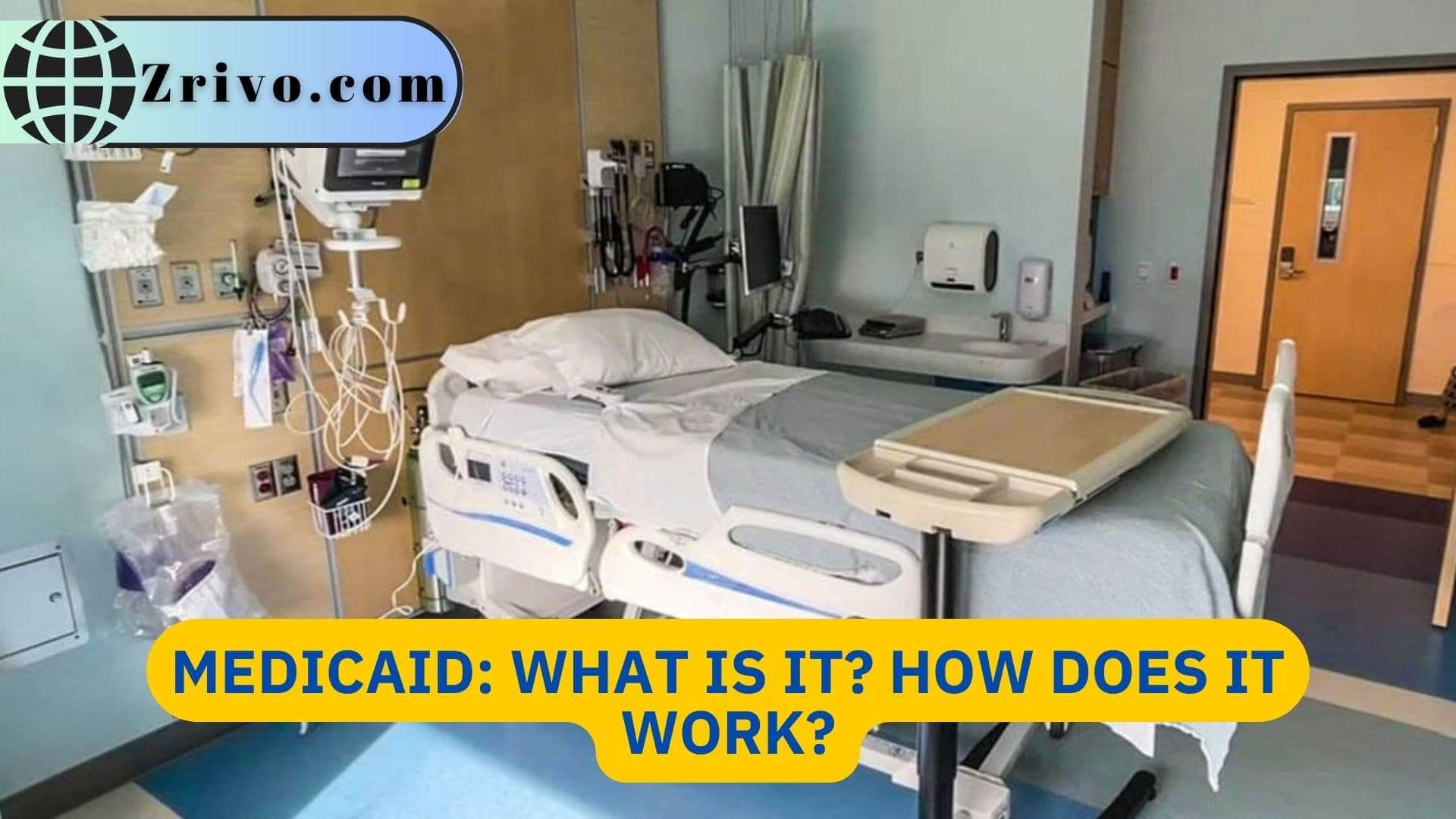
Medicaid is a federal-state partnership to provide health care services for low-income people. It was enacted in 1965 as Title XIX of the Social Security Act and is a joint federal-state program funded by states and federal government matching funds (also called FMAP). In the fiscal year 2018, Medicaid was responsible for the provision of about $630 billion in healthcare services to over 55 million individuals. These services are provided through a variety of programs and facilities, including public hospitals and safety-net health centers.
The program is well-supported by public opinion, with seven in ten Americans saying they had a Medicaid connection at some point in their lives. The program also effectively improves access to care and promotes financial stability among low-income families.

What Does Medicaid Cover?
The primary focus of Medicaid is on health services, including hospital and physician care, laboratory and X-ray services, and home health care. But Medicaid also covers a variety of other important services that help patients meet their overall medical needs.
These include dental, vision, and hearing care; prescription drug coverage; and home and community-based services that assist with a patient’s activities of daily living. These are all considered “optional” benefits under federal law, but they are essential to delivering the comprehensive care that Medicaid beneficiaries need.
Most Medicaid enrollees have at least some form of prescription drug coverage, which can significantly reduce the number of visits to emergency departments. Most states cover dental care, eyeglasses, and hearing aids.
A few Medicaid recipients are also enrolled in Medicare, the federally administered and financed health insurance program for people over 65 years of age. These are known as dually-eligible beneficiaries or “dual eligibles.”
In recent years, the Affordable Care Act (ACA) and other changes enacted by Congress have impacted the size of the Medicaid population and have resulted in historic declines in the number of children without coverage. In addition, ACA expansions have made it possible for many non-disabled adults to receive coverage.
Despite the significant growth in the number of people covered under Medicaid, there are still many gaps in access to care and a need for reforms in Medicaid policies, payment and delivery systems, and benefits. In particular, Medicaid is being reshaped to better address social determinants of health and control prescription drug costs.
The primary challenge for states in addressing these problems is to ensure that they have sufficient funding to serve all of their Medicaid enrollees. In addition, there are also broader issues about the impact of poverty, employment, and other socioeconomic factors on the ability of people to receive health care.

How to Qualify For Medicaid?
If you are a low-income adult or child and need health insurance, Medicaid can help you. You can apply online or through your local department of social services. The first step is determining your eligibility category and location.
- You may be eligible for Medicaid or CHIP if your household size meets certain requirements. Some of the most common categories of applicants include children under age 1, pregnant women, adults age 65 or older, and people who are blind or disabled.
- The State will determine your eligibility using Modified Adjusted Gross Income (MAGI) rules, which are the same as the Internal Revenue Service’s. Individuals in these groups should apply with the NY State of Health, which has a web-based application.
- You can also use a Medicaid Eligibility Calculator to estimate your monthly benefit amount. A calculator can estimate your benefit level based on your family’s income and the number of people in the household.
- Many individuals with high medical bills are Medicaid eligible by utilizing the “spend down” program, which allows them to reduce their monthly income until they reach the Medically Needy Income level. Once one reaches this level, they are automatically Medicaid eligible for the remainder of the month.
- Another option to become income-eligible is by depositing your excess income into a Pooled Income Trust. This option can be beneficial to those who are not able to work because of their disability.
- Alternatively, you can work with an attorney to develop a plan that can reduce your assets and make you Medicaid-eligible. This could include a combination of estate planning strategies, savings, investments, or other legal measures.
- Some states, such as New York, require you to spend down your assets to be eligible for Medicaid. This can be challenging to accomplish with the help of an experienced advisor.
This process can be time-consuming and frustrating. It is a good idea to hire an attorney who specializes in Medicaid and can assist with this process.